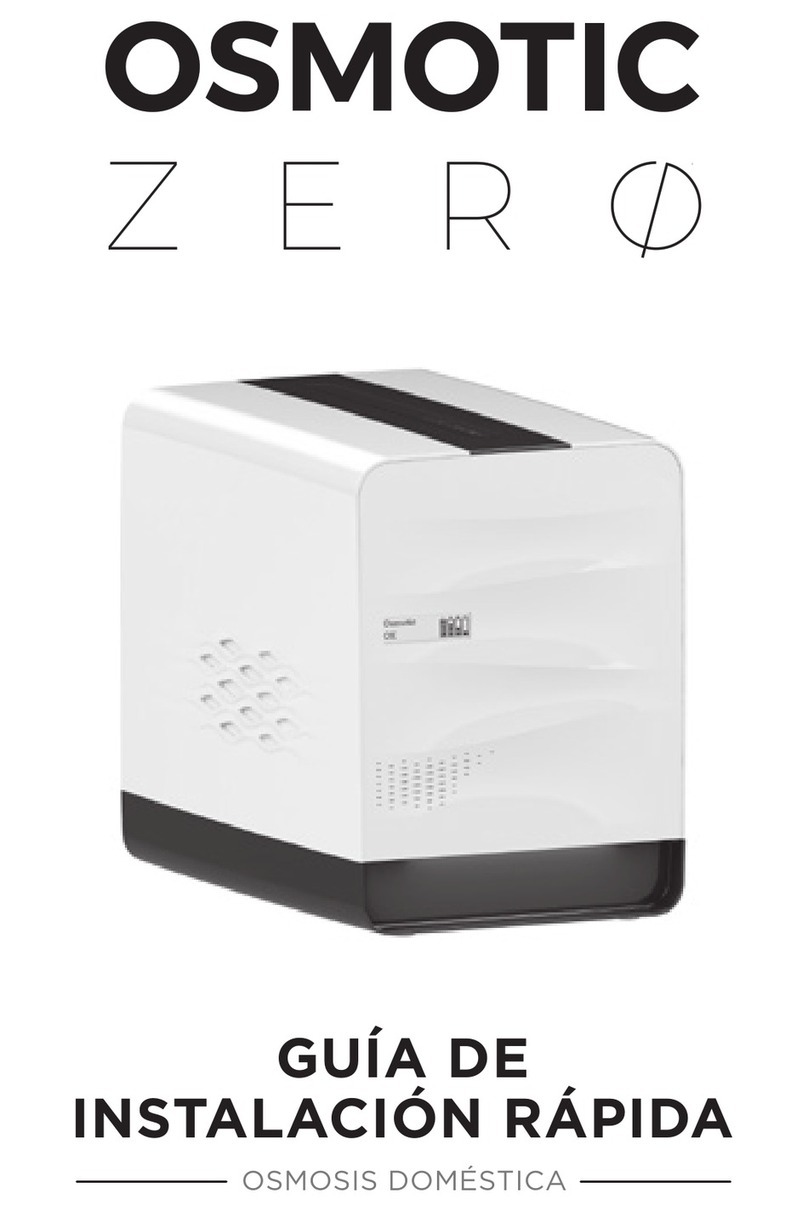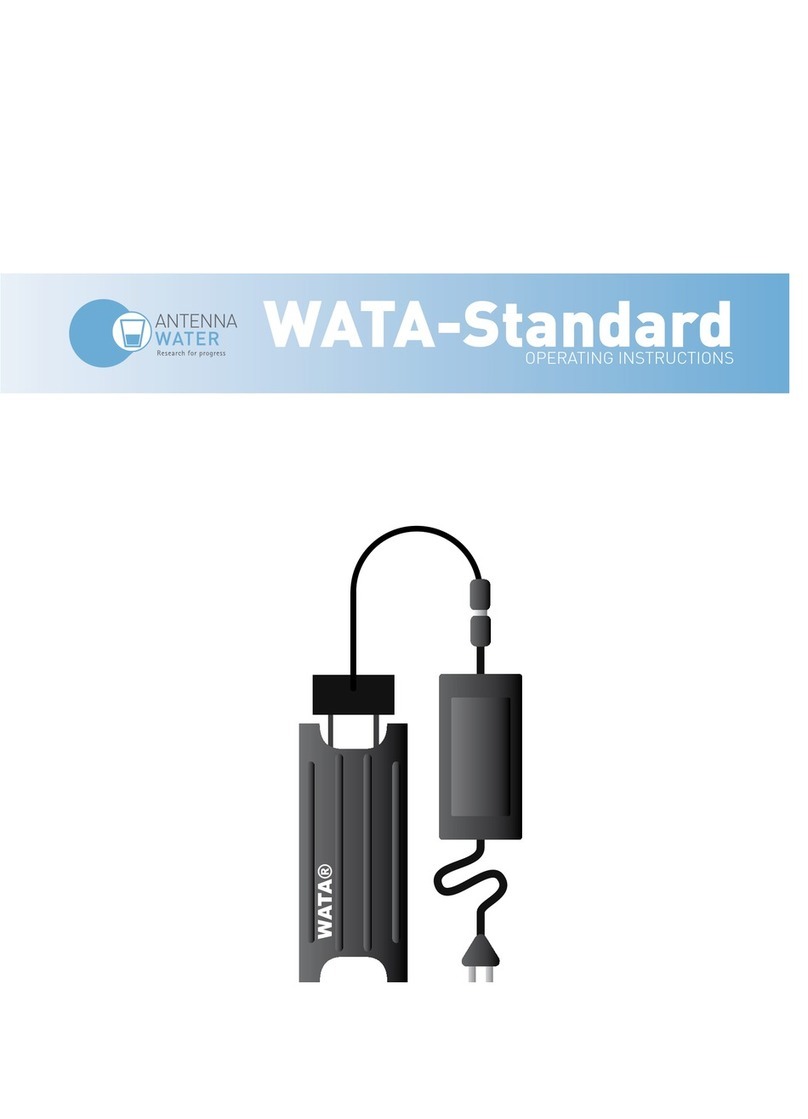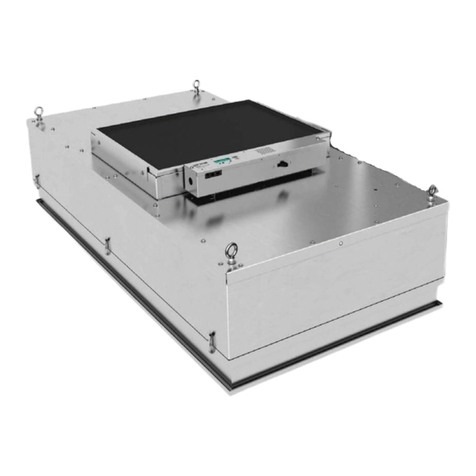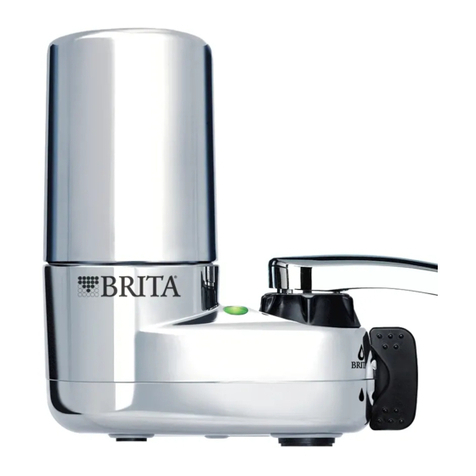Corsa OSMOTIC ZERO User manual

INSTRUCTION MANUAL

CONGRATULATIONS!
You have just acquired one of the best domestic water purifier plants you can find today on the market.
Using OSMOTIC ZERO, you ensure perfect water for drinking and cooking.
OSMOTIC ZERO uses only physical processes to achieve the desired water purity: this consists of segrega-
ting out all the undesired elements using semi-permeable membranes, letting only the water through. We do
not add any chemical products, we only eliminate.

TABLE OF CONTENTS
1. Safety precautions 4
2. Features 7
3. Parts of the equipment 9
4. Installation accessories 10
5. Technical specifications
6. Main functions 11
7. Hydraulic diagram 12
8. Pilot lights and alarms 13
9. Installation 14
10. Use of the equipment 15
11. Maintenance 16
12. Steps for replacing the filters 17
13. Troubleshooting
14. Testing conditions. 21

4
1. SAFETY PRECAUTIONS
Read and follow all the steps carefully before installing and using your equipment. Failure to follow these
safety precautions may pose a hazard.
Warnings: if you do not heed the content of this section, this could cause permanent damage to
the OSMOTIC ZERO equipment or serious injury.
Notes: if you do not heed the content of this section, this could cause damage to certain parts of
the OSMOTIC ZERO equipment or injury to others.
WARNINGS
• The equipment includes a pressure regulator rated at 3.5 bars.
• The equipment can work at a pressure range between 1.5 and 5.5 bars.
• Before connecting the equipment to the mains electricity, connect the water supply and ensure there are
no losses.
Do not disassemble or modify this equipment
yourself!
Manipulate the equipment solely to change
consumables. Unauthorised disassembly or
modification of the equipment can lead to
malfunction or water leaks in the machine. Contact
the Technical Service of your nearest distributor
in the event of malfunction.
Do not place heavy objects on top of the
equipment!
If you place heavy objects on top of the equipment,
this can cause damage to its casing or interior
which can lead to water leakage, malfunction of
the machine or even serious injury.
Do not place foreign objects on top of the
machine!
Blocking the dissipation of heat could cause
damage to it.
Do not use under conditions of high pressure
without a pressure regulator!
Use under high water pressure conditions can
cause breakage of the system pipes, water
leakage, malfunction of the machine or serious
damage.
OSMOTIC
OK
OSMOTIC
OK
Kg
g
OSMOTIC
OK

Do not let the equipment come into contact
with corrosive materials!
These materials can corrode the outer casing and
aect the interior parts. Certain toxic or hazardous
compounds could penetrate the water pipes,
produce contaminated water and leaks, which
could cause injury to yourself and/or others.
Ultraviolet light
This equipment contains an ultraviolet lamp. The
ultraviolet light emitted may cause annoyance or
damage to the skin and eyes.
Do not place the equipment near heat sources!
Do not place the equipment near a heat source
or where the temperature is excessively high as
this could cause warping damage or leaks, which
could lead to injury to yourself and/or others.
When you install or repair the machine, it must
be disconnected from the power supply!
Otherwise, you could suer electric shock.
Under no circumstances should the equipment
be opened while connected to the mains power
supply.
OSMOTIC
OK
OSMOTIC
OK
OSMOTIC
OK
5

6
Do not damage the cable or the plug!
Doing so could cause electric shock, shortcircuits
or a fire.
Do not touch the plug with wet hands!
This can cause electric shock.
NOTES
For proper operation of the equipment, no inlet or outlet pipe should have folds and none of the stopcocks
should be closed.
The inlet temperature cannot exceed 38C or
be lower than 5C.
If the inlet temperature exceeds 38°C or is lower
than 5°C, this could damage the reverse osmosis
membrane and cause malfunctioning of the
equipment.
Do not use this equipment outdoors!
If the equipment is used outdoors, there may
be accelerated ageing of equipment pipes and
parts, which could cause leakage or machine
malfunction.
Environmental issues
Discard the lamp at the specific collection points
for waste containing mercury, and not with the
normal domestic waste. For more information,
contact the waste disposal organisation.
Do not use the equipment under direct
sunlight!
If the equipment is placed in direct sunlight for
a period, it could become a breeding ground
for microorganisms which would reduce water
quality as they can contaminate dierent parts
inside the machine.
5ºC - 38ºC
OSMOTIC
OK
OSMOTIC
OK

7
2. FEATURES
1. Guaranteed water quality
Water of pH 7.4 and total optimal salinity
monitored with a TDS reader are obtained as a
result of the full water treatment undertaken in
the machine.
3. Equipment monitoring
The equipment has light and sound signals to
inform the user of its status, letting them know
whether any maintenance is necessary.
5. Safety elements
Tank level gauge to prevent overflow. Pressure
sensor to ensure proper operation. Leak and
moisture sensor. Water evacuation pipe in case of
emergency.
2. Stable water flow
The equipment has a filtration system capable
of producing up to 38 l/h at 3.5 bar pressure,
in addition to having an accumulation tank of 4
litres, to immediately dispose of osmosised water.
4. Ergonomic and compact design
Equipment of ideal size to place beneath the sink,
and easy to open for maintenance and cleaning of
all the components.
6. UV lamp
It is activated automatically to instantly sterilise
the water served from the tap.
OSMOTIC
OK
1 DÍA
480L
3,5 BARES
20L/HORA
OSMOTIC
OK
OSMOTI
C
OK

7. Simple supply of water
The equipment automatically replenishes the
water in the tank, connecting and disconnecting
the elements necessary, merely by opening the
tap.
9. Operating pressure:
The equipment allows inlet working pressures of
1.5 to 5.5 bars.
8. GPRS connection
You can connect via GPRS to check the equipment
status and settings.
OSMOTIC
OK
8
1,5 - 5,5 bares
OSMOTIC
OK
1,
5 -

9
3. PARTS OF THE EQUIPMENT
Side slits for opening
Permeate, water produced
(WHITE 5/16”)
Water inlet
((BLUE) 1/4”) Pressure transducer
coupling
Power supply
Reject, drain
(RED 1/4”)
Water recovery
((BLUE) 5/16”)
Tap coupling

10
4. ACCESORIES
5. SPECIFICATIONS
1. Quick installation guide.
2. Adhesive label for Osmotic Zero equipment light and sounds.
3. 2 x 150GPD membrane.
4. AC100-240V 50/60Hz power supply.
5. Electronic tap.
6. Installation kit:
6.1 Vinyl pipes:
2m white pipe 5/16”
2m blue pipe 1/4
2m red pipe ¼
2m blue pipe 5/16”
6.2 Drain clamp.
6.3 5-way 3/8” inlet valve
6.4 Pressure transducer.
Supply
Power consumption
Inlet water pressure
Inlet temperature
Maximum TDS value of inlet water
Maximum daily water production
Flushing method
Type of protection against electric shock
AC 220-110V 50/60Hz
100W
1.5 ~ 5.5 bars (if greater than 4 bars, use a regulator)
5-38ºC
≤1500PPM
913 litres
Automatic
Type II
Other manuals for OSMOTIC ZERO
1
Table of contents
Other Corsa Water Filtration System manuals
Popular Water Filtration System manuals by other brands
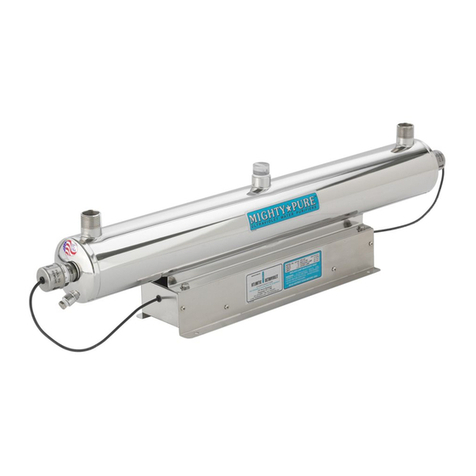
Atlantic Ultraviolet
Atlantic Ultraviolet Mighty Pure MP16A owner's manual
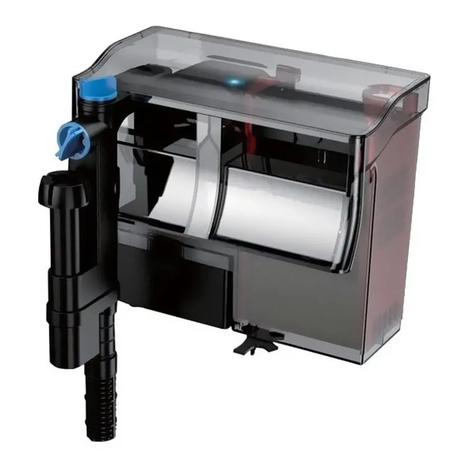
SunSun
SunSun CBG-500 Operation manual
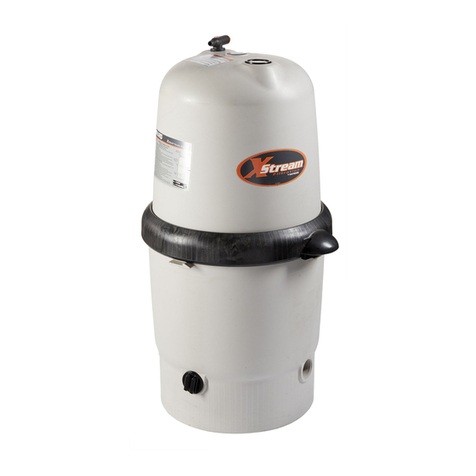
Hayward
Hayward XStream Filtration Series owner's manual
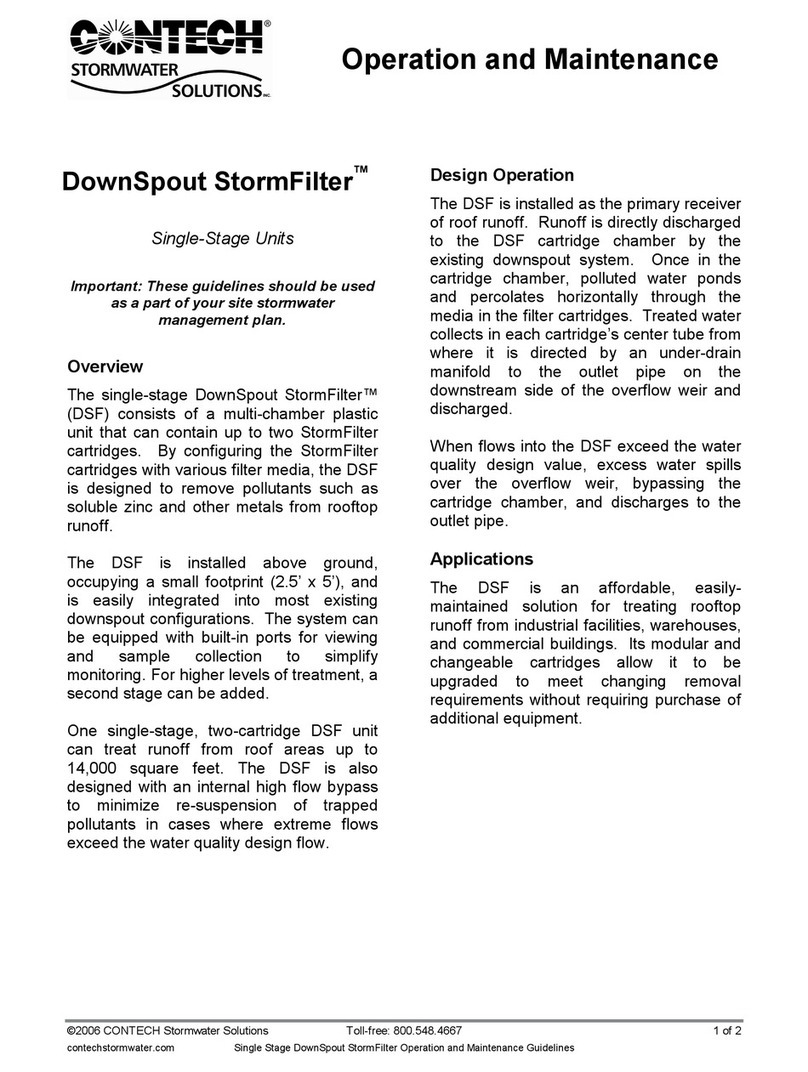
Contech
Contech DownSpout StormFilter Operation and maintenance

Teka
Teka Airfilter MINI operating instructions
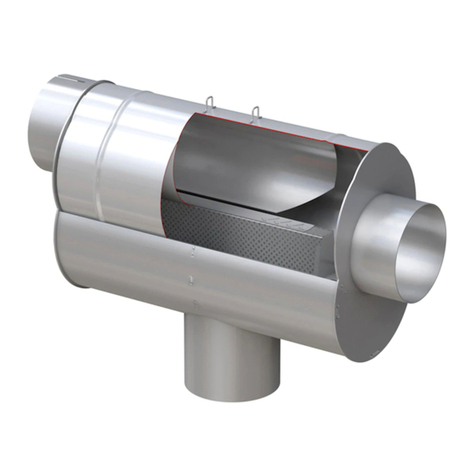
Wisy
Wisy LineAir 100 Installation and operating instructions
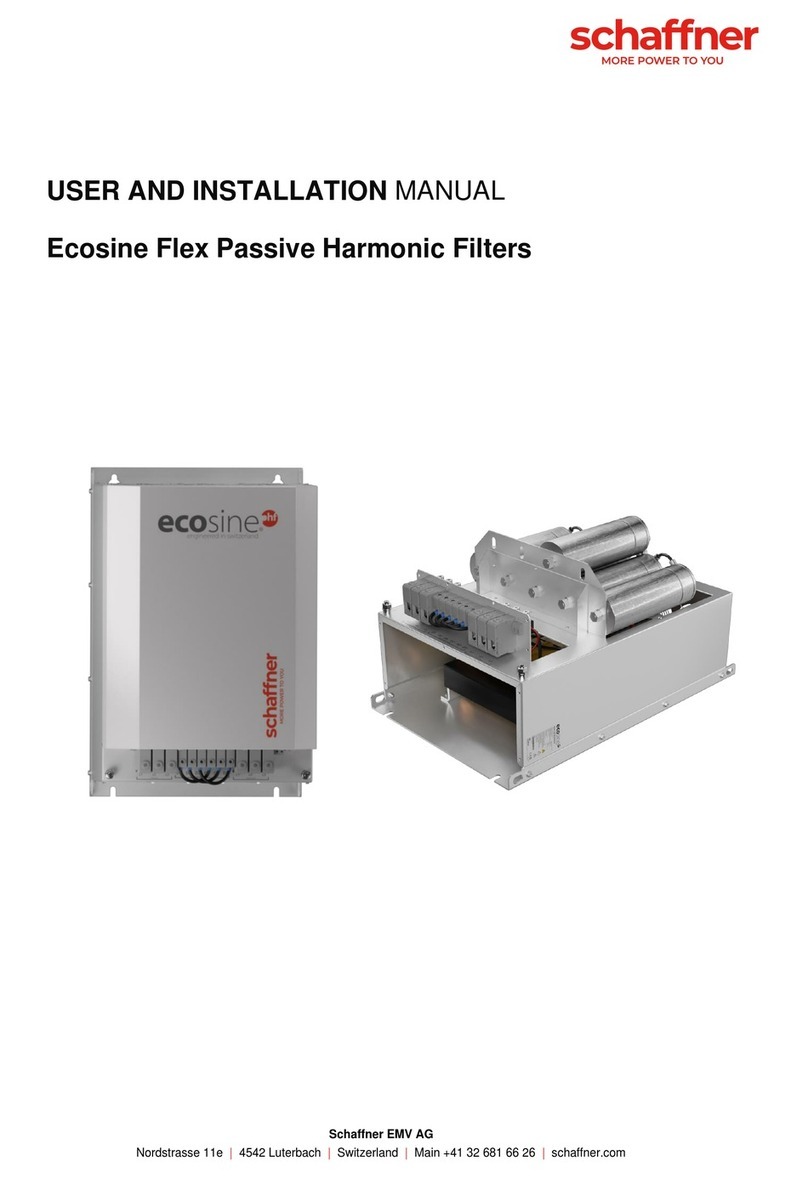
Schaffner
Schaffner Ecosine FN3446 Series User and installation manual
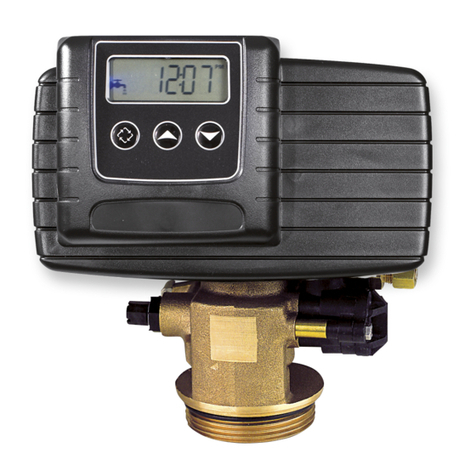
Pentair
Pentair FLECK 4600 SXT Installer manual

H2O International
H2O International H20-500 product manual

Renkforce
Renkforce 2306241 operating instructions
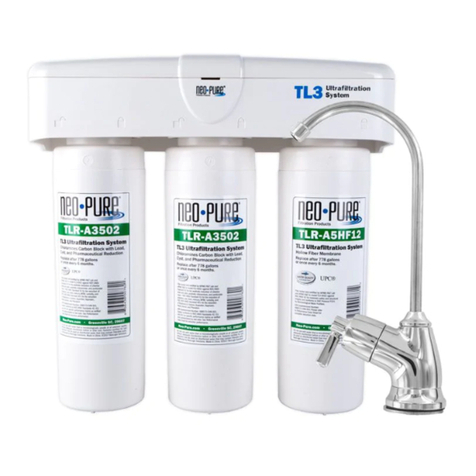
Neo-Pure
Neo-Pure TL3-A502 manual
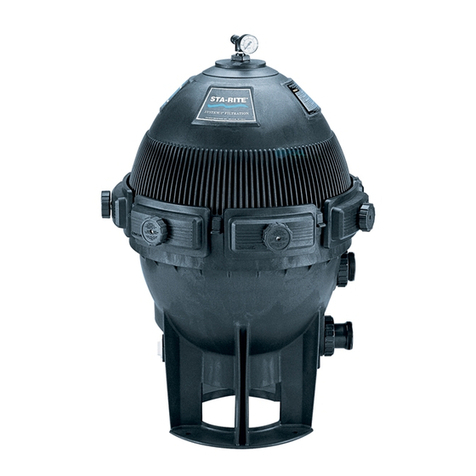
STA-RITE
STA-RITE VERTICAL GRID DE FILTERS S7D75 owner's manual
